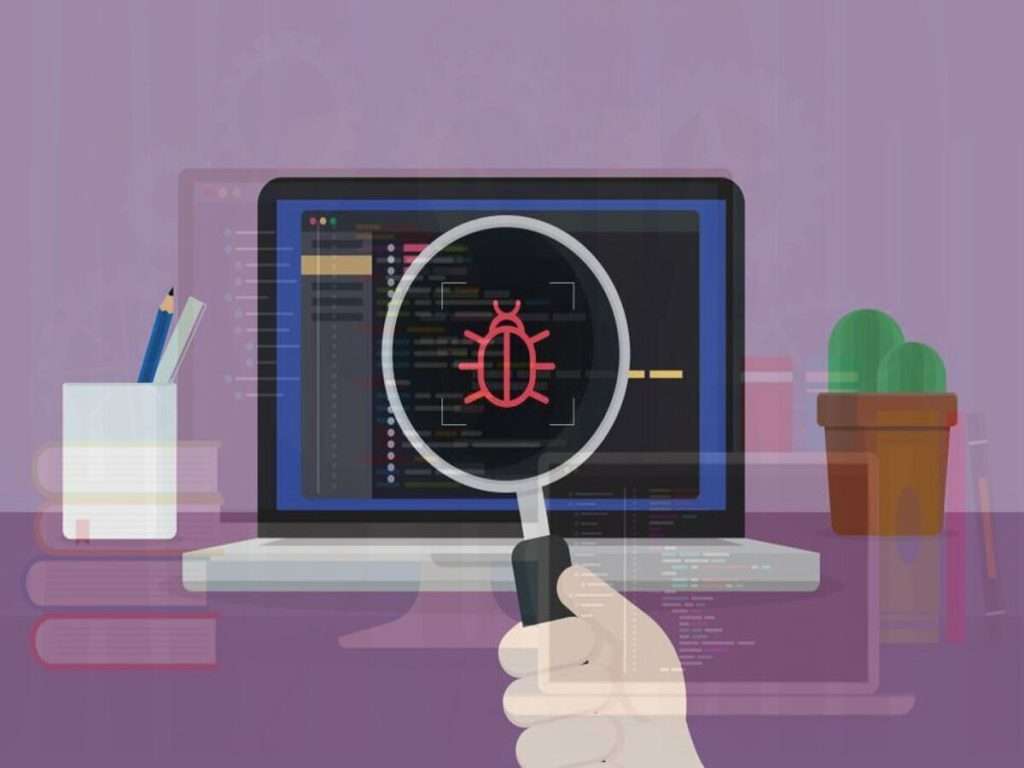Debug means Bugs Bug means debugging any error, be it a runtime error or compile time error. All these types of errors come under bugs, and debugging has to be done to remove these bugs. For debugging many times, we need clarification on what debugging means. You will not get debugging, so you must run your Android app on your smartphone and virtual device. It is called debugging.
This is because you need to connect your Android apps to your smartphone. How will you know at runtime where the error is coming from? And without touching, you won’t be able to clear the error at runtime. You won’t be able to debug it, so the first way is to connect it to a Rails device or run it on top of a virtual machine. Another way is to use some of the features provided by Android Studio to speed up the debugging process (what is debugging).
Particular Features Resolve Error
Using Log (what is debugging)
You will see the Log below inside the right video. Log means like your call log. A call log means all your calls are managed in the information list. It is also inside the Log that the information you want to print is not shown to the user. If you’re going to keep it as a developer, you can do it through Log.
Any message you want to print. Which executes the runtime code and then, in this party, a cooler-like set of information you must see. If your compiler comes or not within this particular blog. For example, if we have put an if condition within the if you have long and within the else, you have logged something else.
Now we want to see if it goes to the if Log. Then, we can identify whether our condition is true or false. To test this, we will put a log in it. We run it on our smartphone or a virtual device when debugging it. So when the compiler comes into execution, the line with the particular Log will be executed. The Log will be printed in the log admin so you can see what is printed there. If true is print, it means that the if condition has occurred, that is, whether your code has come to the compiler or not, the condition has become true. If false is printed, you have executed the code inside else, which has made the situation wrong. So we can identify which code has been completed.
Using Logcat
We also use logcat as Log. The difference between Log and logcat is that where there is a property of logs. If we set it to true, then the Log remains visible. If we put it to false, the people with logcat will become invisible.
It is the same as Log. The only difference is that Logcat always checks logs’ property. It is true or false before logging any messages.
Using Debug Mode
Debugg mode means we can run the application in two ways. The first method is the run method. Your Android will have a Run button when you type it. Your app will run if Rails Connected is on a smartphone. It will run in your virtual machine if created in a virtual device. The second method is debug mode. When you run your app, it will run in debug mode.
Using Break Points (what is debugging)
Break Point means that you have some confusion at a particular place. There needs to be a solution with this set of instructions. So, I have to test what value is coming from it. So, for that, we will create a breakpoint.
When you are at the point where you can not fix a bug just by looking at your code, it’s time to use breakpoints.
Using Toast (what is debugging)
Toast is a normal message that is also used to notify the user. Many times, developers also use it to test their applications. Here, we use the Log; we can also use it by printing the value. This is an optional feature where you can use Toast, where the internet is unavailable to check the application.
It is used for information display for a short period. A toast message is displayed quickly and disappears after some time.

